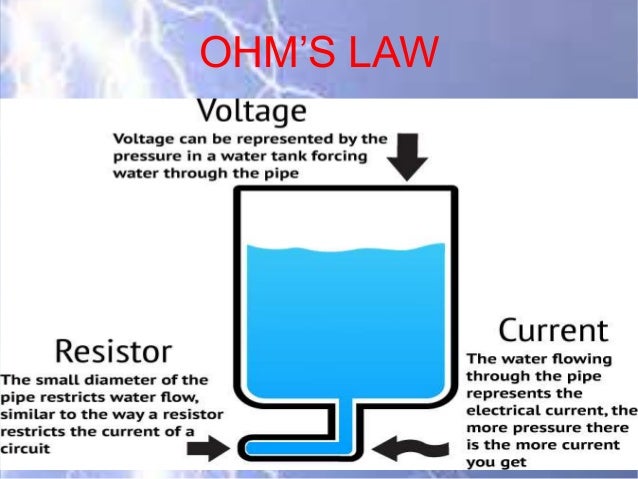

Current Limiting Before or After the LED? With this setup, instead of having to choose the resistor for the LED, the resistor is already on-board with the LED so the current-limiting is accomplished without having to add a resistor by hand. If we simply connect the LED directly to the battery, the values for Ohm's law look like this: To be safe, we'd rather not drive the LED at its maximum current but rather its suggested current, which is listed on its datasheet as 18mA, or 0.018 amps. However, in this experiment we are simply trying to protect the LED from over-current, so we will neglect the current characteristics of the LED and choose the resistor value using Ohm's Law in order to be sure that the current through the LED is safely under 20mA.įor this example, we have a 9 volt battery and a red LED with a current rating of 20 milliamps, or 0.020 amps. The LED introduces something called a "voltage drop" into the circuit, thus changing the amount of current running through it. This means that the equation for the current flowing through the LED itself is not as simple as V=IR. NOTE: LEDs are what's known as a "non-ohmic" devices.

So for this analogy, remember:Ĭonsider a water tank at a certain height above the ground. In this analogy, charge is represented by the water amount, voltage is represented by the water pressure, and current is represented by the water flow. When describing voltage, current, and resistance, a common analogy is a water tank. Voltage is represented in equations and schematics by the letter "V". The unit "volt" is named after the Italian physicist Alessandro Volta who invented what is considered the first chemical battery. It is measured in volts, which, technically, is the potential energy difference between two points that will impart one joule of energy per coulomb of charge that passes through it (don't panic if this makes no sense, all will be explained). This difference in charge between the two points is called voltage.

We define voltage as the amount of potential energy between two points on a circuit.

So, let's start with voltage and go from there. Ohm starts by describing a unit of resistance that is defined by current and voltage. Georg Ohm was a Bavarian scientist who studied electricity. Components in the circuit allow us to control this charge and use it to do work. A circuit is a closed loop that allows charge to move from one place to another. So, when we talk about these values, we're really describing the movement of charge, and thus, the behavior of electrons. Resistance is a material's tendency to resist the flow of charge (current).Current is the rate at which charge is flowing.Voltage is the difference in charge between two points.The three basic principles for this tutorial can be explained using electrons, or more specifically, the charge they create: They all operate using the same basic power source: the movement of electrons. Your lightbulb, your stereo, your phone, etc., are all harnessing the movement of the electrons in order to do work. Electrons create charge, which we can harness to do work. Electricity is the movement of electrons.


 0 kommentar(er)
0 kommentar(er)
